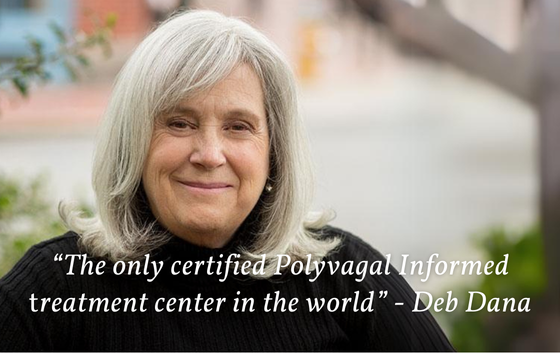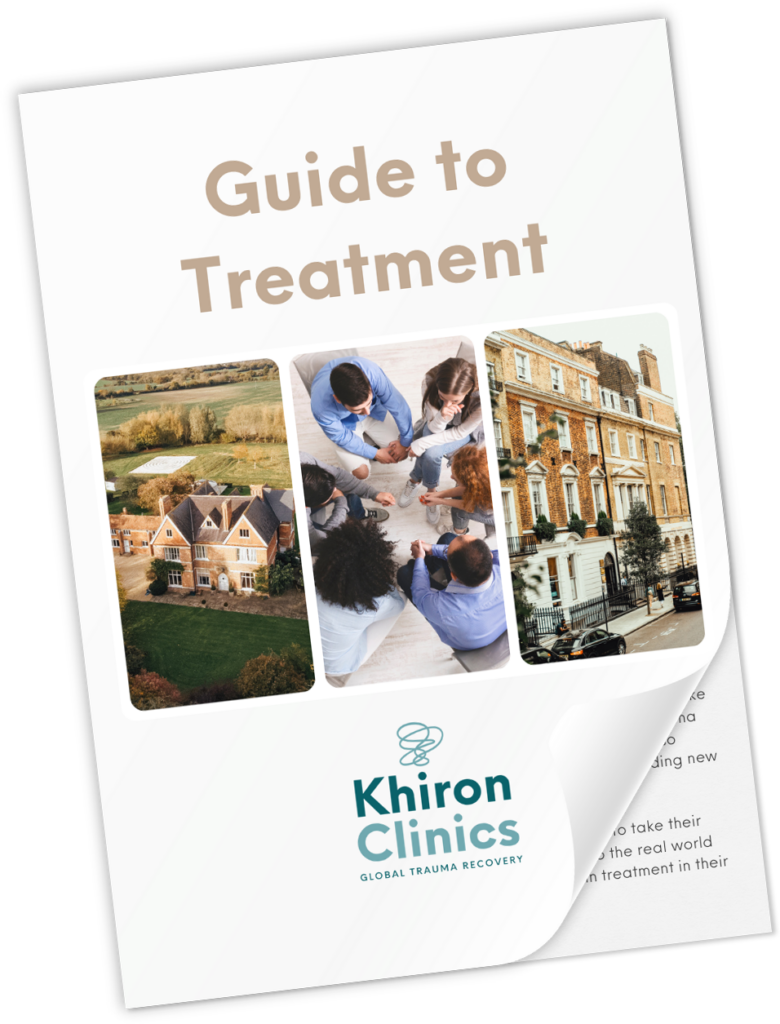Professional Accreditations
Our Commitment to Professional Excellence
More than forty NHS clinical care groups and trusts have referred clients to Khiron Clinics, underscoring our reputation for excellence. We collaborate with esteemed organisations to provide our services, ensuring the highest standards of care.
Additionally, we are proud to be the world’s first Polyvagal Informed certified residential clinic, setting a new benchmark in innovative and effective treatment.
"The team at Khiron have been excellent in the quality of their working together with us to provide a high-quality service to [people], who have very complex needs. This has involved developing and maintaining good team communication between our clinical teams, formulating care plans together with very good involvement of the person themselves, and problem-solving when faced with challenging situations."
External Service Provider, (CQC Inspection Report)
Our Commitment to Excellence
Khiron Clinics Received an Overall 'Good' Rating With the CQC, Demonstrating Our Commitment to Excellence
Khiron Clinics is CQC (Care Quality Commission) registered, which means we’ve passed thorough checks to ensure we provide top-quality and safe care.
We’re pleased to share that we received a ‘Good’ rating in all areas (Safe, Effective, Caring, Responsive, and Well-led), as well as an overall ‘Good’ rating!
The CQC looks at everything from how effective our treatments are to how we ensure our client’s safety and comfort.
This registration shows our dedication to excellent care and helps you feel confident in choosing our services.
Our Report Findings
Here Are Some of the Comments From the Report Which Were Made by Staff, Residents, and External Professionals:
Professional Memberships and Associations
We Work With Members of Respected Organisations to Deliver Our Services






Better than CQC
At Khiron, Excellence in Care Goes Beyond CQC Ratings
At Khiron, we view meeting the CQC standards as merely the starting point. Our goal is to offer a level of care, service, and treatment that surpasses even the highest CQC rating.
CQC assessments don’t always capture the nuances of a service tailored for those recovering from trauma. Individuals in trauma treatment are often highly sensitive to environmental factors that could disrupt their progress, from sudden noises to shifts in personnel, and from social anxieties to overexposure to external stimuli.
That’s why we tirelessly strive to create an environment uniquely optimised for trauma recovery, a level of dedication and innovation we have not witnessed anywhere else in the world, and is proven by our Polyvagal Certification.
We pay attention to these details in many different ways, for example:

Our clinicians are informed, trained and supervised by some of the world's top trauma experts including Dr Bessel van der Kolk, Dr Janina Fisher, Dr Stephen Porges, Dr Dick Schwartz, Deb Dana, Licia Sky and Linda Thai.

We are the world's first Polyvagal Informed certified residential clinic, ensuring that every team member, from our gardener to the board, is well-versed in trauma.

We deliver innovative neurobiological therapies which are at the cutting edge of trauma treatment in residential and outpatient environments which are specifically designed to treat trauma.

We listen to what works instead of only following traditional therapies, which is why we also offer activities such as yoga, equine therapy, tai-chi, breathwork, cold water therapy, ecotherapy and more.

To make our life-saving treatment globally accessible, Khiron Clinics organises and pays for transport for all international clients to the residential clinics and home again, making sure they are supported every step of the way.

We have multiple levels of care, creating a pathway to ensure that there are suitable options all the way from an alternative to hospital care to weekly outpatient therapy sessions, either online or in-person.
What the Experts Have to Say
“Khiron Clinics very specifically knows about trauma.” - Dr Bessel Van Der Kolk
World's First Polyvagal Informed Certified Residential Clinic
“If you have a client or a relative who needs a type of care that is supportive enough to enable them to become who they really are, Khiron Clinics is the place to go.” - Stephen Porges
Khiron Clinics is the world’s first Polyvagal Informed certified residential clinic and revolutionises trauma therapy by embracing Dr. Stephen Porges’ groundbreaking Polyvagal theory.
Our Polyvagal Informed certification underscores our dedication to integrating this theory into our policies and practices, ensuring that every team member, from our gardener to the board, is well-versed in how the autonomic nervous system shapes responses to stress and trauma and to cues of safety.
The Polyvagal-Informed Certificate program focuses on six key areas related to communications, culture, and successful leadership for an organisation. “The goal of the program is to increase understanding of our own nervous systems, how we react to threat vs safety, and to then extend that sensitivity throughout the organisation,” explains Dr. Stephen Porges, professor emeritus, author and creator of Polyvagal Theory.





















